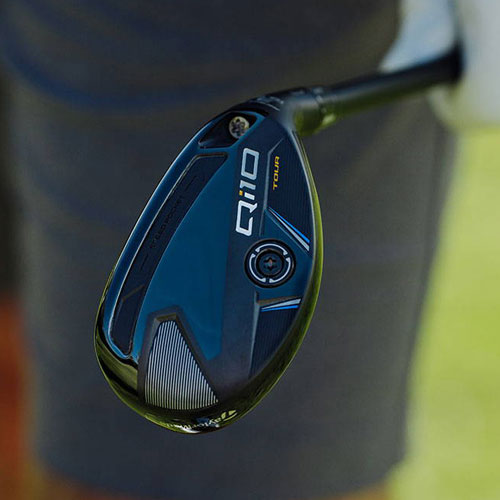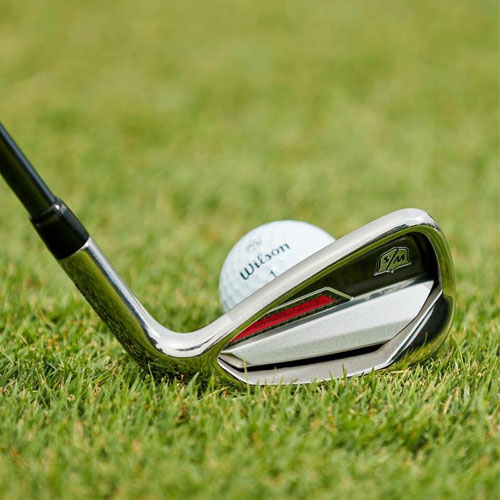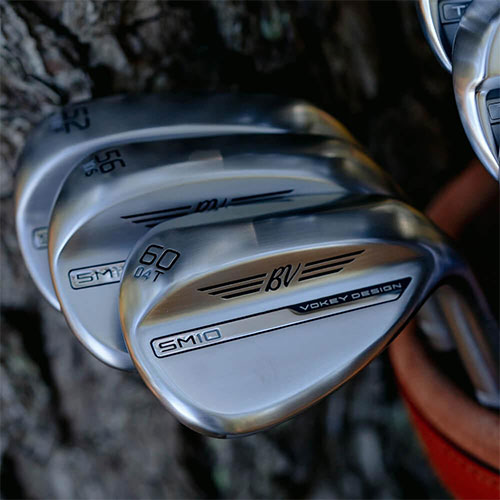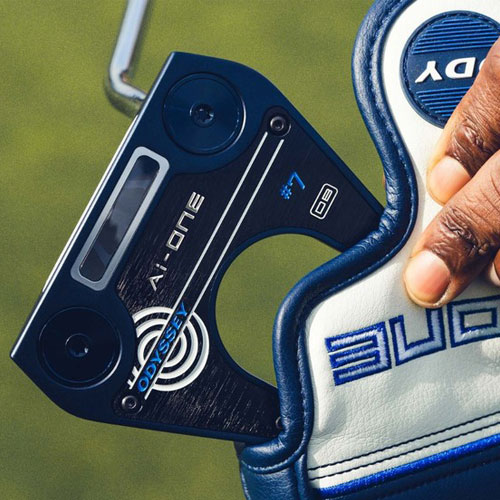When To Use Each Golf Club For Maximum Performance
At Click Golf, we're dedicated to helping golfers of all skill levels elevate their game. One of the most crucial aspects of improving your performance on the golf course is understanding when to use each golf club in your bag. Many golfers struggle with club selection, often leading to suboptimal shots and higher scores. This blog post aims to provide you with a comprehensive guide on selecting the right club for various situations you'll encounter while playing golf.
By mastering club selection, you'll be better equipped to handle different course layouts, weather conditions, and challenging lies. Let's dive into the specifics of each club type and when to use them for maximum performance and lower scores.
Drivers
The driver is typically the longest club in your bag, with the lowest loft and largest head, designed for maximum distance off the tee. Here's when and how to use it effectively: When to use a driver:
- On tee shots for long par 4s and par 5s
- When faced with wide, forgiving fairways
- In situations where distance is prioritised over accurate shots
Tips for maximising distance and accuracy:
- Focus on a smooth, controlled swing rather than trying to hit the ball as hard as possible
- Tee the ball high to promote an upward strike and optimise the launch angle
- Align your body and clubface carefully to your target
Our advice: Consider using other clubs off the tee (such as a 3-wood or hybrid club) when:
- Facing tight fairways with trouble on both sides
- Playing holes with significant hazards that come into play at driver distance
- Dealing with strong headwinds that might affect your ball flight
- Remember, driver distance can vary greatly depending on your swing speed and other factors.
- The average golfer might hit their driver between 200-230 yards, while professionals can achieve much longer distances.
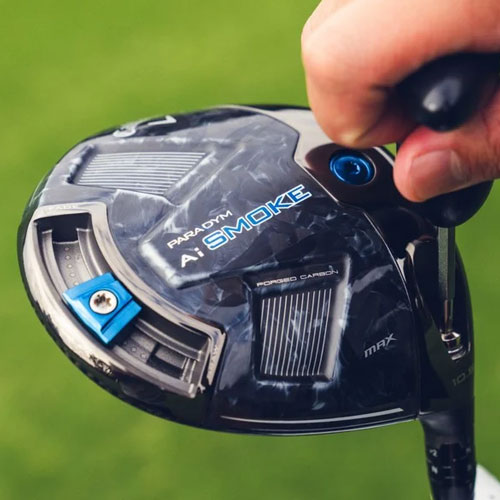
Fairway Woods
Fairway Woods are versatile clubs that can be used both off the tee and from the fairway for long shots.
Situations where fairway woods are most effective:
- Long second shots on par 5s
- Tee shots on shorter par 4s where accuracy is crucial
- When you need a high, soft-landing approach to a long par 3
How to choose the right fairway wood:
- Consider the typical distances you need to cover
- Factor in your swing speed and the club's loft
- Think about the trajectory you prefer (lower for windy conditions, higher for soft landings)
Our tips for improving fairway wood play:
- Practice hitting fairway woods off the ground, not just from a tee
- Focus on sweeping the ball off the turf rather than hitting down on it
- Experiment with different ball positions in your stance to find your optimal setup
Hybrids
Hybrids have gained popularity due to their versatility and forgiveness, often replacing long irons in many golfers' bags.
Benefits of using hybrids:
- Easier to hit than long irons for many golfers
- Versatile for various lies and situations
- Generally, there is more forgiveness on off-centre hits
When to use hybrids:
- Long approach shots from the rough
- Tee shots on medium to long par 3s
- Layup shots on par 5s
Our recommendations:
- Consider replacing your 3, 4, and possibly 5 iron with hybrids if you struggle with long iron play
- Practice using your hybrids from different lies to understand their versatility
- Don't be afraid to use hybrids for chip and run shots around the green
Irons
Irons are the workhorses of your golf bag, used for a wide range of shots from tee to green.
Overview of iron types:
- Long irons (2-4): For long approach shots and tee shots on shorter holes
- Mid irons (5-7): For medium-distance approach shots and layups
- Short irons (8-9): For shorter approach shots and precision play
When to use each type of iron:
- Long irons: 180-240 yards out or from the tee on shorter par 4s and long par 3s
- Mid irons: 130-180 yards out, ideal for approach shots to the green
- Short irons: Within 130 yards, when accuracy and control are paramount
Our tips for improving iron play:
- Practice with each iron to understand your typical distances and avoid distance gaps
- Focus on a descending blow for crisp contact with the ball
- Work on shaping shots (draws and fades) for added versatility
Wedges
Mastering wedge play is crucial for lowering your scores, as these clubs are your precision instruments around the green.
When to use each type of wedge:
- Pitching wedge (46-50°): Full shots from 100-130 yards, longer pitch shots
- Gap wedge (50-54°): Shots from 75-100 yards, filling the 'gap' between pitching and sand wedges
- Sand wedge (54-58°): Bunker shots, short pitches and chips from 50-75 yards
- Lob wedge (58-64°): High, soft-landing shots over obstacles, flop shots
Our advice for mastering wedge shots:
- Practice a variety of shots with each wedge (full, 3/4, 1/2 swings)
- Learn to open and close the clubface for different trajectories and spin rates
- Spend significant time on bunker play to build confidence
Putters
The putter is the most frequently used club in your bag and plays a crucial role in scoring.
When to use different putting techniques:
- Lag putting: For long putts where the primary goal is to get close to the hole
- Attack putting: For shorter putts where you're aiming to make the putt
Our tips for improving putting:
- Practice reading greens to improve your ability to judge speed and break
- Work on maintaining a consistent stroke for better distance control
- Develop a pre-putt routine to enhance focus and consistency
Ready To Take Your Club Selection Skills To The Next Level?
Understanding when to use each golf club is essential for maximising your performance on the course. By selecting the right club for each situation, you'll be better equipped to handle the challenges that golf presents and lower your scores.
Remember, golf club distance can vary greatly depending on factors such as your swing speed, skill level, and even golf club technology. As a general rule, most golfers will hit their driver the farthest, followed by fairway woods, hybrids, and then irons in descending order. However, individual results may vary, and it's essential to know your own average distances for each club.
We encourage you to practice with each club in your bag at the driving range to develop a better understanding of their capabilities and your comfort level with them. Pay attention to how factors like shaft flex, clubhead design (such as an oversized head for more forgiveness), and even golf balls can affect your performance.
At Click Golf, we're here to help you on your journey to better golf. Visit us for personalised club fitting and expert advice tailored to your game. We can help you choose the right clubs based on your swing speed, whether you need graphite shafts for a slower swing speed or stiffer options for faster swingers.
Don't hesitate to share this guide with your golfing friends and partners – after all, golf is more enjoyable when everyone is playing their best! Book a fitting session with us today, and let's work together to optimise your golf equipment for your unique swing and playing style. Remember, using the wrong golf club can lead to less accurate shots and potentially losing distance, so it's crucial to have the right tools in your bag.


